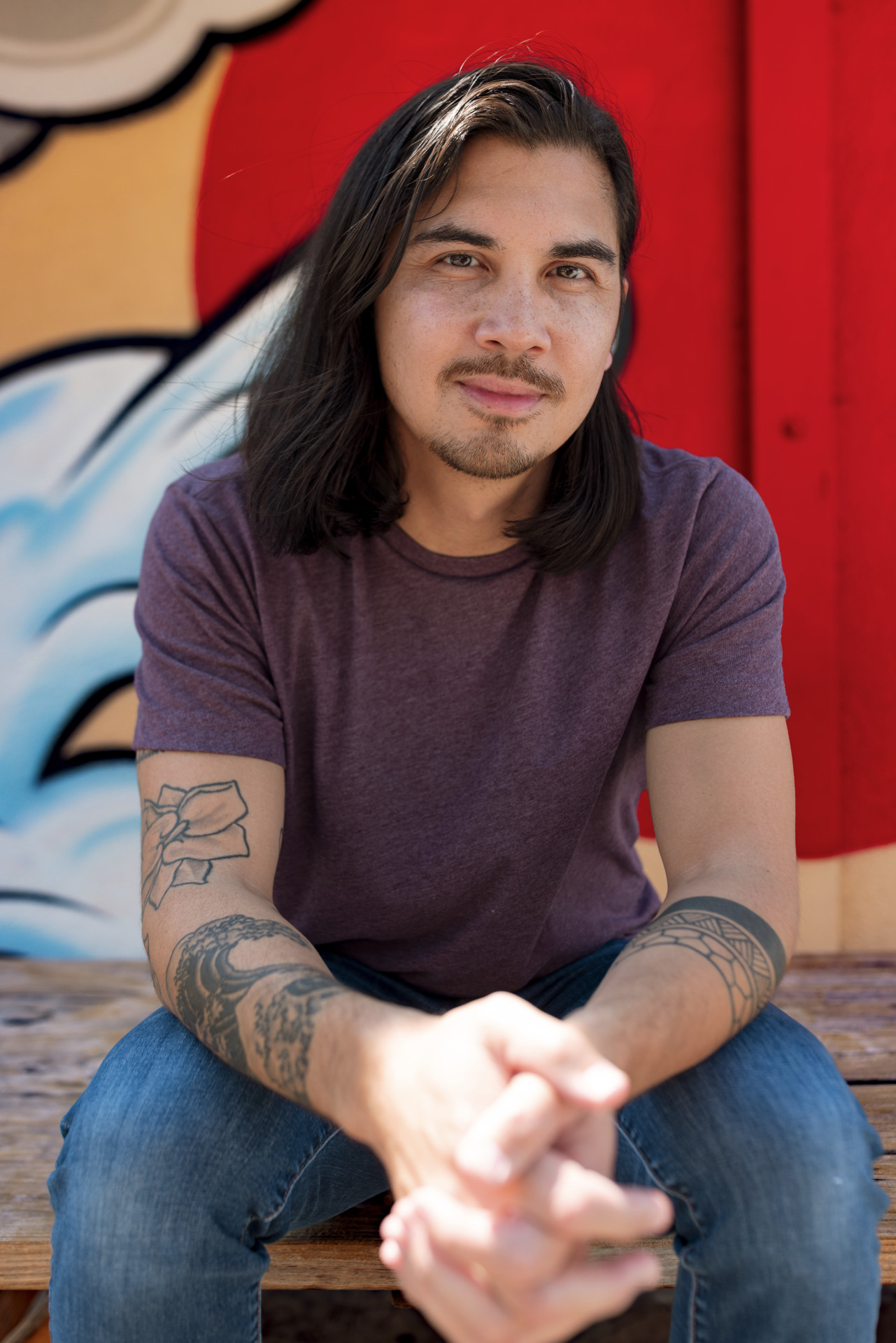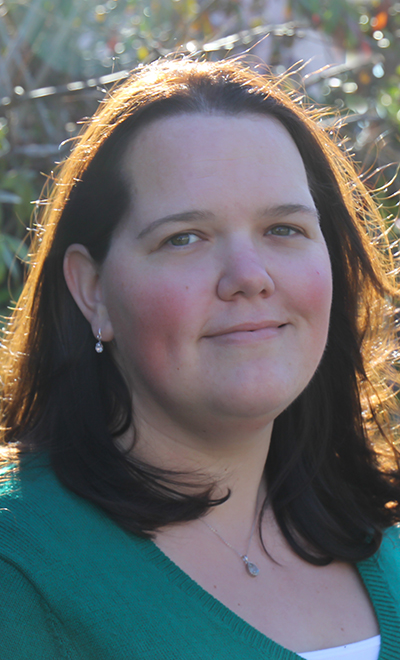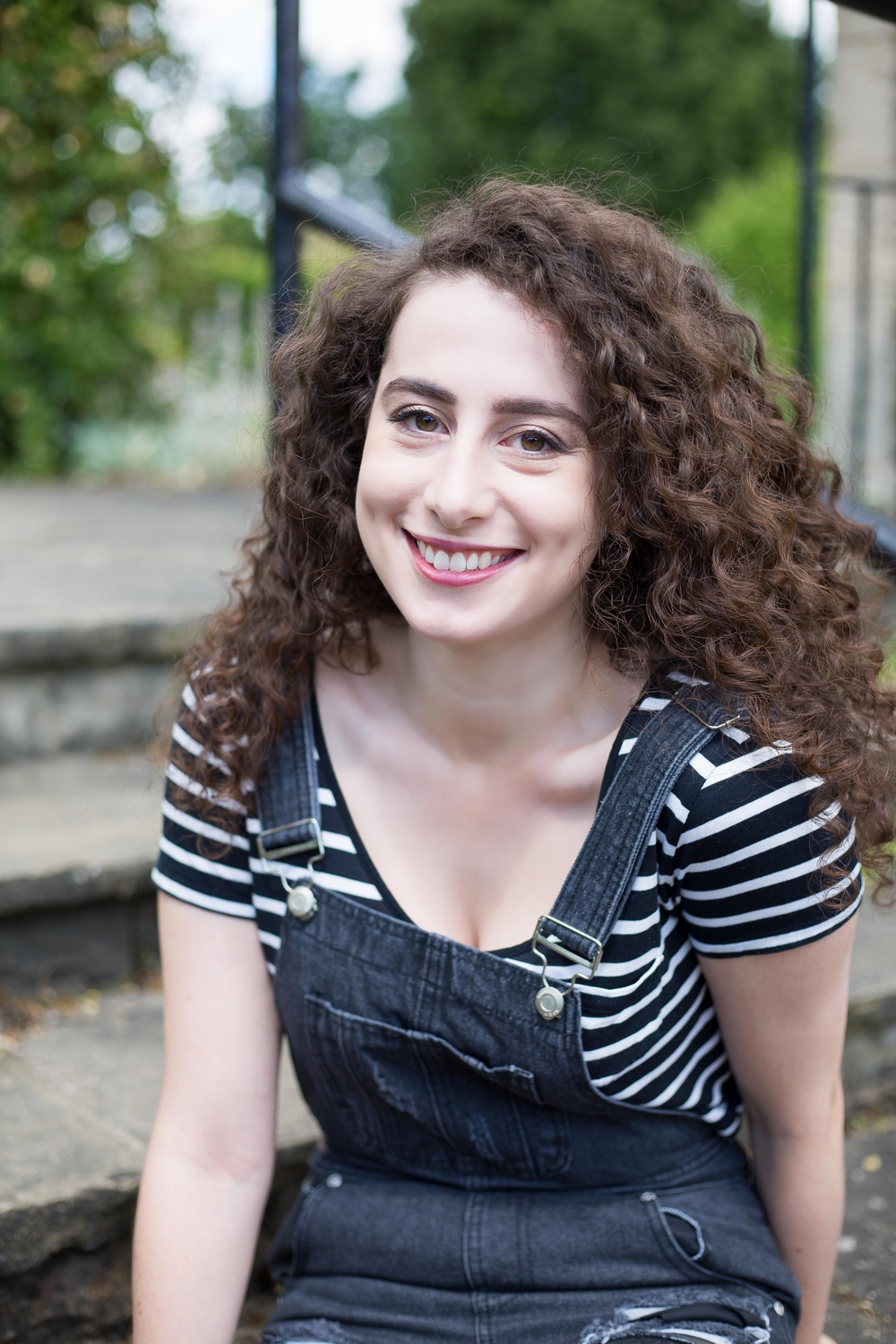
Fans of the Last Airbender universe, rejoice! A just-released novel, The Reckoning of Roku, gives readers a glimpse into the early years of Avatar Roku. As Aang’s direct predecessor, Roku is perhaps better known to fans than Kyoshi or Yangchen, the other two Avatars previously featured in the Chronicles of the Avatar YA series. To celebrate the book’s release, we asked author Randy Ribay a few questions about what it’s like to tell an Avatar story.
What’s your history with Avatar: The Last Airbender? As someone who is (presumably) a fan of the shows, how did it feel to get an opportunity to play in this world?
I started watching ATLA in 2020 after it dropped on Netflix, and I immediately fell in love with the world, the characters, the story, and the way the show made complex themes accessible to younger audiences. It’s a dream to have the chance to contribute to the universe, but it also comes with a lot of pressure since ATLA is so beloved around the world!
Were there any core values of the Avatar universe you felt were especially important to incorporate into The Reckoning of Roku?
I wanted to tell a story that contained as many of the same elements I love about the universe as possible. To me, that means dynamic characters and relationships, a propulsive plot, cool bending action, humor, and complex themes.
Did you have any discussions with other Avatar creators (involved in the show, comics, or novels) before beginning this project?
Before I committed, I spoke to F.C. Yee about his experience writing the first four books in the Chronicles of the Avatar series. Before I started writing, I pitched story concepts and got feedback from the entire team, which included Anne Heltzel at [publisher] Abrams, Jeff Whitman at Paramount, Joan Hilty at Avatar Studios, Michael DiMartino, and Bryan Konietzko.
Unlike, say, Yangchen, Roku is an Avatar we already know quite a bit about. Was it challenging to write the character in a way that fit with everything we’ve seen before?
It felt like trying to complete a puzzle. We all know where he ended up, but I was excited to dig deeper into the how. In particular, this is a YA novel, so I was focusing on a very specific time in Roku’s life – those first few months after he was identified as the Avatar. We only get glimpses of him in those early days from “The Avatar and the Fire Lord” [Season 3, Episode 6 of Avatar: The Last Airbender] and nothing from before that, so there was still a lot of room to flesh out his arc. And since the audience knows where things end up but Roku himself doesn’t, that allowed me to play with irony, foreshadowing, and easter eggs in a way that’s hopefully interesting for readers.
I’m curious about how you go about writing the mechanics of bending. Was it challenging to describe what, in the shows, is a highly visible practice? Did you have the opportunity to innovate any new bending styles or methods? If so, what was that process like?
It’s very difficult to write about bending, just as it’s very difficult to write about martial arts, in general. I studied fight scenes from F.C. Yee’s novels and watched/read a lot of other martial arts fantasy to see how others portray action in the genre. I also had to trust in the reader’s familiarity with and ability to visualize bending. The story does explore a new mechanic related to bending that was definitely fun to play with.
Do you have a favorite Avatar? If so, who and why?
I love all of them for different reasons, but I have to go with Aang. He was my intro to the universe, and I’ll always have a fond spot for the little bald kid who was expected to save the world but just wanted to ride some otter-penguins.
Thanks so much to Randy for speaking with us! You can read our review of The Reckoning of Roku here, or get your own copy at the links below.



